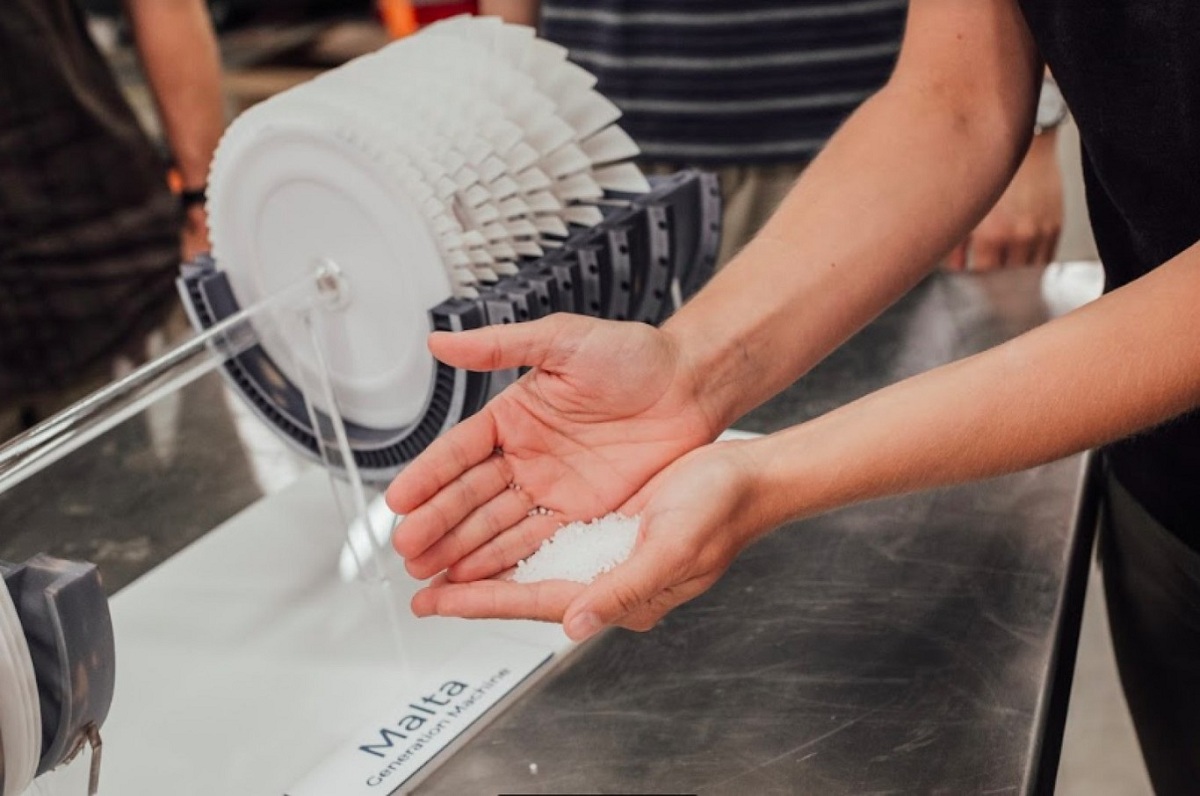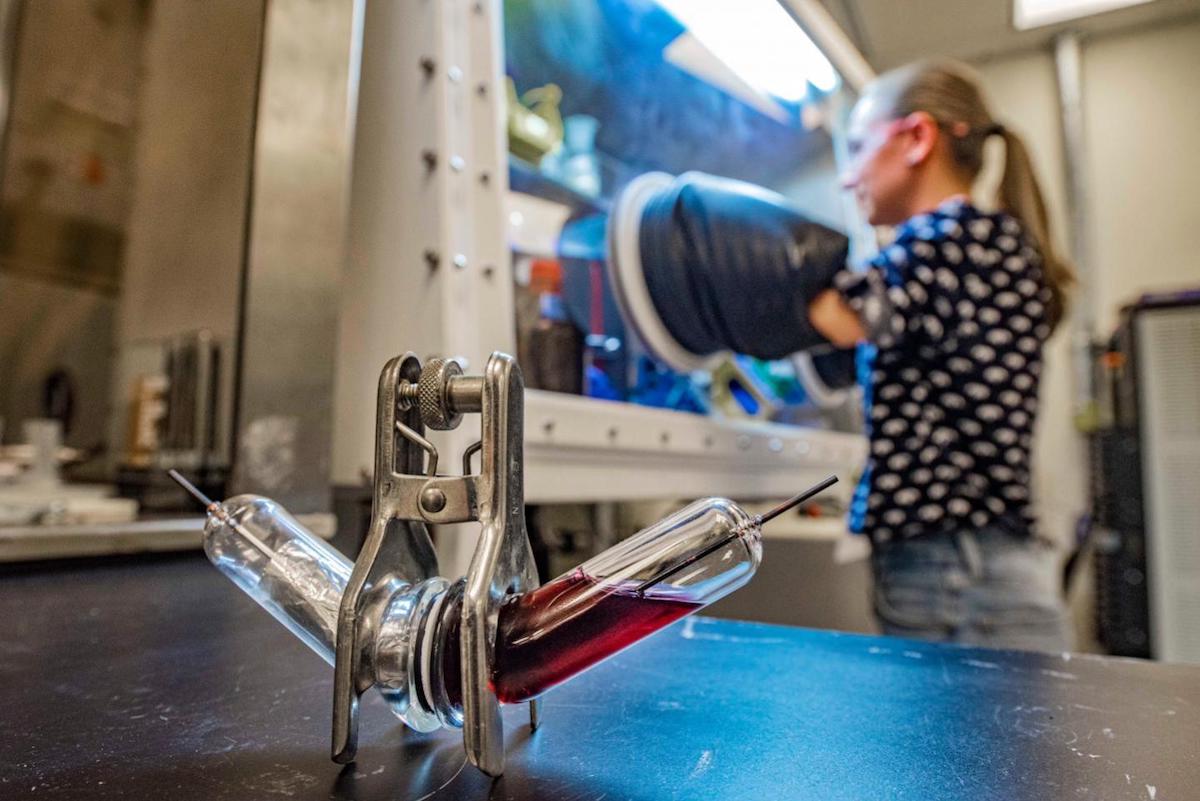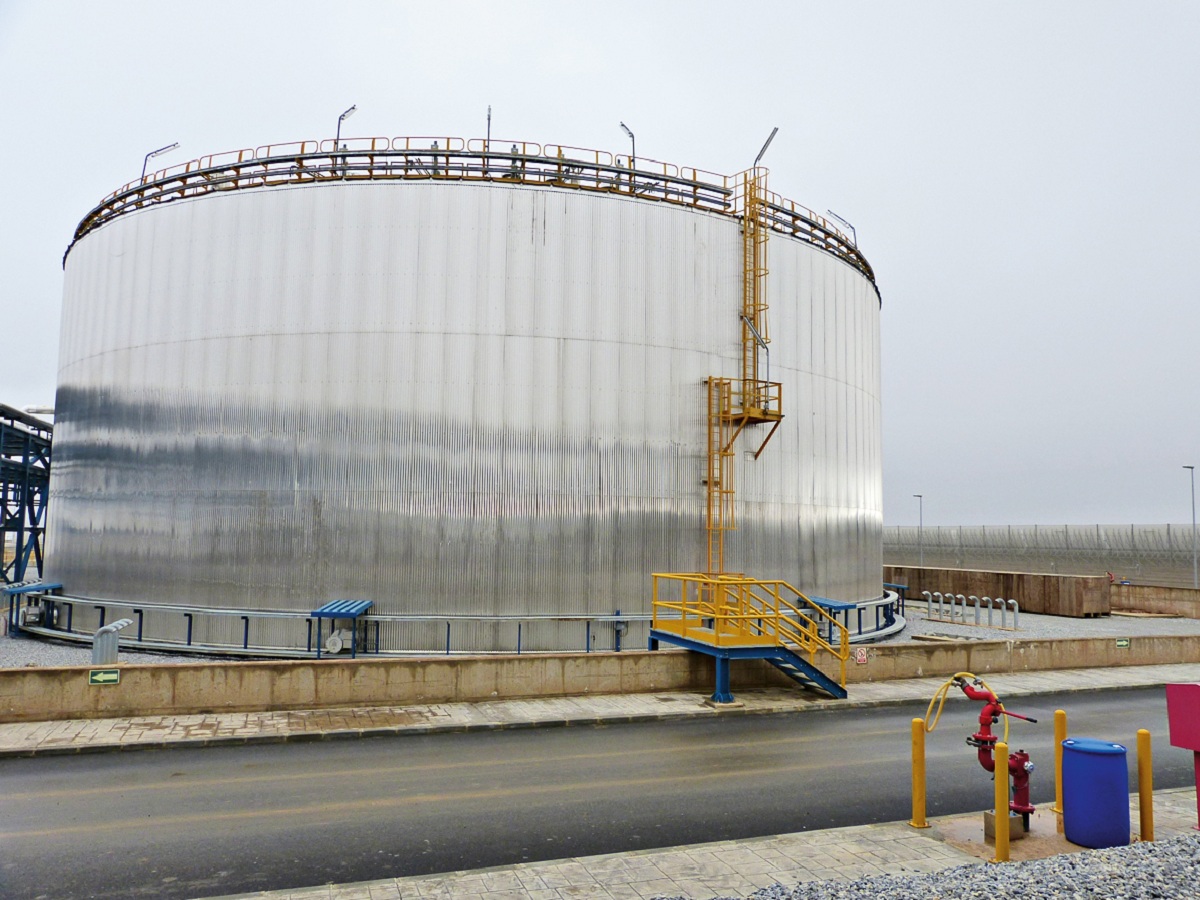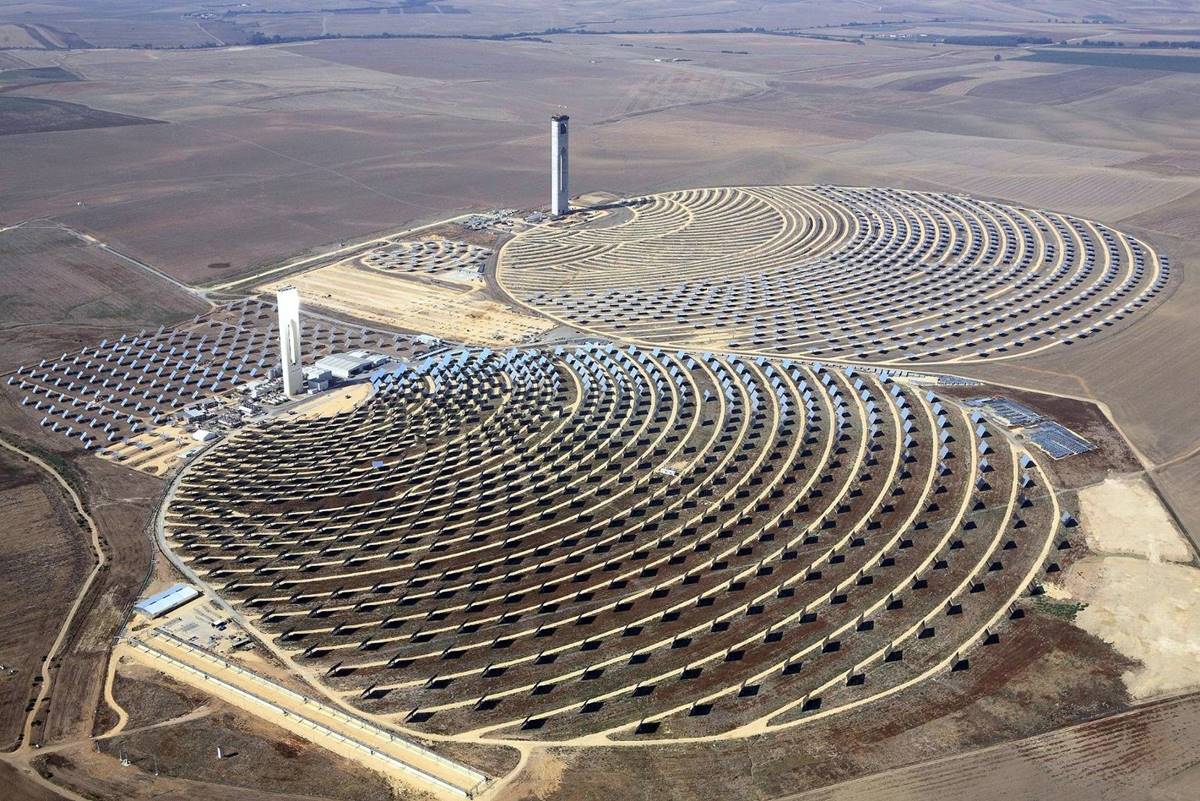
All the molten salts they are a product with a wide range of applications, such as high-temperature process heating, heat treatment and annealing of steel, and thermal storage in solar thermal power plants. These salts consist of fluoride, chloride and nitrate. They have great application throughout the world of renewable energy.
For this reason, we are going to dedicate this article to telling you everything you need to know about cast birds, what their characteristics and usefulness are.
molten salts

The advantages of molten salts are very high liquid phase operating temperatures (1000°F/538°C or higher) and little or no vapor pressure. Molten salts can replace organic or synthetic oils in heat transfer applications. Although molten salts offer great benefits due to their high operating temperatures, they can also have undesirable properties with very high freezing points (120°C to 220°C).
There are three main types of molten salt heating systems: bath salt heaters, molten salt systems, and direct heating for applications such as heat treating metal parts. Challenges can exist with all of these types of systems: metallurgy, instrumentation, system component selection, heat tracing, melting, and dewatering, to name a few.
molten salt systems

molten salt systems used to distribute hot liquid phase salt to heat exchangers or other heat consuming processes.
When thermal energy is required, the molten salt circulation process begins. Most systems keep the salt above its freezing point to avoid the remelting process. In a cold start or starting situation, the salt is melted in a hot salt tank. The molten salt then begins to circulate in a closed circuit using a recirculation pump. specially designed to pump hot salt. Fluid circulates from the hot salt tank to the combustion or electric heater, then to the user and back to the hot salt tank.
The system is usually designed in such a way that if the circulation pump is turned off, the molten salt will return to the hot salt tank. It is unique in closed loop heating systems due to the freezing point of salt. The system must use a hot salt tank design that fluid is always returned to when the system is shut down.
The design and heating of these systems must avoid solidification or thermal shock in the circulation pipes. Molten salt is stored in these systems at 1050°F/566°C at normal atmospheric pressure. In these systems, sensors are used to measure and control liquid level, pressure, temperature, and flow rate.
Molten salt circulation systems can provide plants with integrated energy storage options designed to meet specific application needs. This energy storage concept is common in solar power plants to store thermal energy at night or on cloudy days.
Storage tanks

The molten salt tank is a critical part of the molten salt system as it helps move the molten salt through the generator and powers the application.
Molten salt systems typically operate with two storage tanks with different fill levels and temperatures, a hot salt tank and a cold salt tank. The molten salt in the refrigerated tank moves in the cycle, while the salt in the hot salt tank circulates to feed the system.
A system circulation pump is usually installed in this tank, as well as an electrical element or fire-fighting pipe that used as a heat source to melt solid salt. These tanks are usually heat treated and can be insulated with ceramic materials and protective coatings. By insulating the tank, you can ensure optimal performance.
Bath Type Salt Heater
Bath-type salt heater systems that do not use a circulation pump are based on a natural convection process. these systems are designed to operate at high temperatures, providing heat for a variety of applications.
Bath salt heaters work by heating the container of salt using a fire tube burner or electrical element submerged in the bottom of the container. The molten salt then heats the submerged process coil where the process fluid is heated. Thermal energy is transferred from the fire tube to the bath. the salt as Heat transfer medium operates at temperatures up to 800°F/427°C.
Design considerations must be taken into account for loading and melting the solidified salt. Poor design can lead to damage to the heater pot or fire tube when the system is started in cold conditions.
Salt bath heaters are commonly used for regeneration gas heating in molecular sieve applications, although they are suitable for other applications that require simple indirect heating system designs and high operating temperature capabilities.
Saving money with molten salt
Molten salt storage is less efficient than battery storage because only 70% of the energy used to heat the salt is converted back to electricity, while batteries can reach an efficiency greater than 90%. Energy storage technology is enabled by molten salts discovered using high-throughput detection systems used to discover new materials. Energy storage is becoming more important as the use of variable production resources increases power sources such as solar and wind.
Cheaper energy storage too could make the network more resilient and efficient, giving power companies more flexibility to produce and distribute electricity. Network experts at the ARPA-E summit said energy storage is critical to grid restructuring in the coming decades, but current methods of storing water are only effective in certain situations and take up too much space.
I hope that with this information you can learn more about molten salt for energy storage.